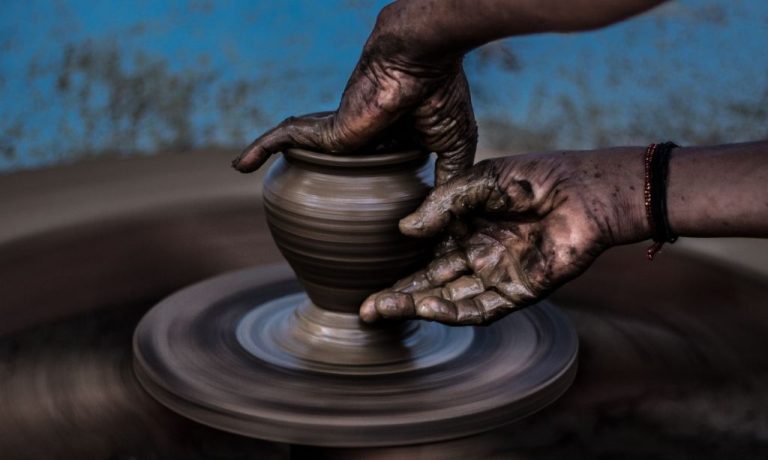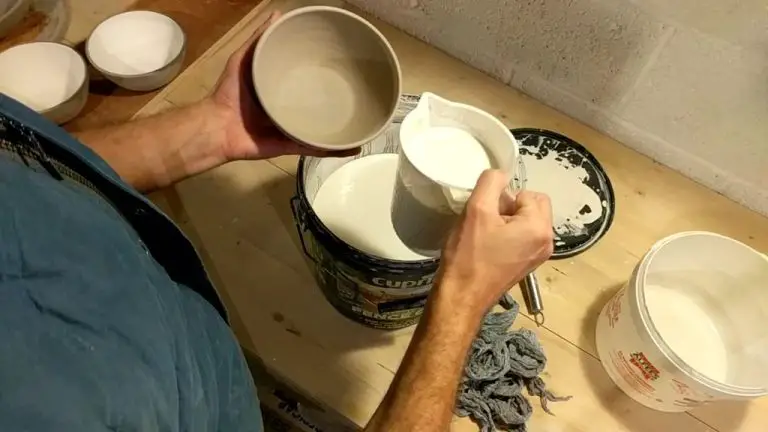How Do You Tell If It’S Dishwasher Safe?
Check Labels and Packaging
One of the most important things to look for when determining if an item is dishwasher safe is to check the labeling and packaging for any guidance. Specifically, look for the words "dishwasher safe" printed directly on the item or its tags [1]. This is usually the clearest indicator that the manufacturer has designed and tested the product to withstand dishwasher cleaning.
Additionally, carefully read all care instructions, either on tags or packaging. There may be specific guidance about washing, water temperature, drying, or other care recommendations. For example, some items may say "Top Rack Only" for the dishwasher [2]. Review all included materials inside packaging as well, as inserts may provide detailed cleaning instructions.
Assess Materials
When determining if an item is dishwasher safe, it’s important to assess what material it is made from. Plastics, stainless steel, ceramic and glass are often durable enough to withstand the high heat and pressure of a dishwasher cycle. According to Whirlpool, plastics labeled as “dishwasher safe” are designed to resist warping and deterioration caused by dishwasher detergent and hot water. Stainless steel is also durable, rust-resistant, and unlikely to be damaged. Meanwhile, most glass and glazed ceramics are non-porous enough to come clean without damage.
However, some materials like wood, cast iron, and hand-painted dishware are riskier. The Choice says that while wooden items may occasionally survive the dishwasher, prolonged exposure to water and heat can cause cracking, warping, or loss of paint and finishes. Cast iron can rust and enameled cast iron may chip. Frequent dishwashing also fades intricate paint details over time. When uncertain, it’s always safest to wash risky materials by hand.
Consider Adhesives
Glued parts on dishware, such as handles or decorations, may come apart in the dishwasher if the adhesive bond is weak. Exposure to high heat and the force of water jets can degrade many common adhesives over time. When assessing if an item is dishwasher safe, inspect areas where separate pieces are joined together. Look for cracks, gaps, rough edges or other signs of a failing adhesive bond. Give pieces a gentle wiggle or pull to see if they feel loose.
Many standard glues like Elmer’s are not dishwasher safe. However, some specialty glues like Loctite Super Glue Gel are designed to be waterproof and dishwasher safe (source). If a glued item survived the dishwasher in the past without falling apart, it is likely OK to keep washing it. But inspect regularly for any changes. When in doubt about glued seams, hand washing is the safest option.
Test Water Resistance
One way to check if an item is dishwasher-safe is to see how it reacts to water. Take the item and put a drop of water on the surface. See if the water soaks in or beads up and runs off. Porous materials like untreated wood, paper, and cardboard will soak up water readily. This means they are not water-resistant and will get damaged in the dishwasher. Materials like plastic, glass, and glazed ceramics are non-porous so water will bead up on the surface. If the water beads up, it’s a good sign the item can withstand dishwasher cycles without absorbing water and warping or deteriorating.
According to Cascade, the water test is a quick way to assess if a dish is water-resistant enough for the dishwasher. Put a drop of water on the surface and see if it soaks in immediately or beads up. Fast absorption means it should be hand washed.
Check Decorations
One key factor in determining if an item is dishwasher safe is checking any decorations or ornamentation it may have. Hand-painted decor, which is commonly found on ceramic plates, bowls, and mugs, often cannot withstand the heat and water pressure of dishwashers. The paint may chip, fade, or peel away entirely after multiple wash cycles. According to https://www.maytag.com/blog/kitchen/dishwasher-safe-and-tableware-symbols.html, hand-painted dishes should always be hand washed to preserve their decorative detailing.

Gold leaf edges or accents may also be damaged in the dishwasher. The high heat can cause gold leaf to fade, discolor, or peel away from the item over time. It’s best to check for gold rims or edging and hand wash those pieces. Sturdier decorations like colored glazes that have been kiln-fired into the clay may hold up better, but hand-painted decor is always too fragile for the dishwasher.
Review Structure
Thin, delicate items may warp in the high heat and pressure of a dishwasher cycle. Pieces made from very thin glass or thin bone china are prone to warping when subjected to the intense heat and water pressure inside a dishwasher. According to Whirlpool, a dishwasher safe symbol “indicates an item has passed tests to verify it maintains its appearance after repeated dishwasher cycles.”
Brittle pieces could also break from the force of water sprays hitting them repeatedly. Older items like antique plates or china handed down through generations may have weakened structural integrity that makes them unable to withstand the turbulence of dishwasher cycles. The material composition and structural soundness of an item should always be evaluated before placing it in the dishwasher.
Consider Size & Shape
The size and shape of dishware can determine if it will fit properly in your dishwasher. Most standard size dishwashers have dimensions around 24″ wide x 24″ deep x 34″ high for the interior tub (1). This means very largeserving platters, bulky pots and pans, and other oversized items likely won’t fit. Odd shapes like trays, baking sheets, and cutting boards may also have trouble fitting in dishwasher racks.
Your dishwasher manual will specify the maximum dimensions for the upper and lower racks. Make sure any cookware and dishware you want to wash can fit within those constraints. Oversized and oddly shaped items are better off being hand washed. If the water jets can’t reach all surfaces properly, dishes won’t get fully clean.
Inspect Prior Damage
Existing cracks or chips in dishware can worsen or spread when exposed to high heat and harsh detergents in the dishwasher. The intense water pressure and jostling can cause fragile items to break apart entirely. Carefully inspect plates, cups, bowls, and other dishware for any existing cracks, chips, or flaws in the glaze or enamel coating before placing them in the dishwasher.
Pay close attention along the rims, feet, handles, and edges of items where chips and cracks most often occur. Tap on the item gently to check for hairline fractures not visible to the naked eye. According to Whirlpool, even small flaws or cracks can expand into bigger damage in the dishwasher.
Stoneware, bone china, hand-painted ceramics, antique dishware, and other delicate items prone to chipping should always be hand washed regardless of existing damage. The intense heat and harsh detergents in dishwashers can cause the glaze on fragile ceramics to deteriorate over time as well.
Do a Test Run
One of the best ways to tell if an item is dishwasher-safe is to do a test run in your own dishwasher. Start with a short, gentle cycle using no soap. The lack of soap helps minimize potential damage if the item isn’t dishwasher-safe. Place the item on the top rack of your dishwasher and run it through the cycle. Then, take the item out and inspect it for any signs of damage like cracking, peeling, or fading of colors. Look closely at any decorative elements for changes. According to experts at MyTapScore, this test run allows you to examine an item after a dishwasher cycle and determine if the item can withstand regular dishwasher use.
When in Doubt, Hand Wash
If you are uncertain whether an item is dishwasher-safe, the gentlest approach is to hand wash it. According to research from the University of Michigan (https://www.columbiatribune.com/story/news/2021/09/29/dishwashers-hand-washing-science-settles-score/8418843002/), hand washing allows you to control water temperature, scrubbing pressure, and exposure to cleaning products. This gives you the ability to clean delicate items like antique dishware or items with embellishments without risk of damage.
To hand wash, fill your sink or a tub with warm water and a small amount of mild detergent. Use a soft cloth or sponge to gently clean each item, rinse thoroughly with clean water, and allow to air dry. Avoid abrasive scouring pads or scrubbing that could scratch surfaces.
Though hand washing takes more time and effort than using a dishwasher, it’s the safest approach if you are unsure whether an item can withstand machine washing. When in doubt, hand washing helps protect your dishware.





